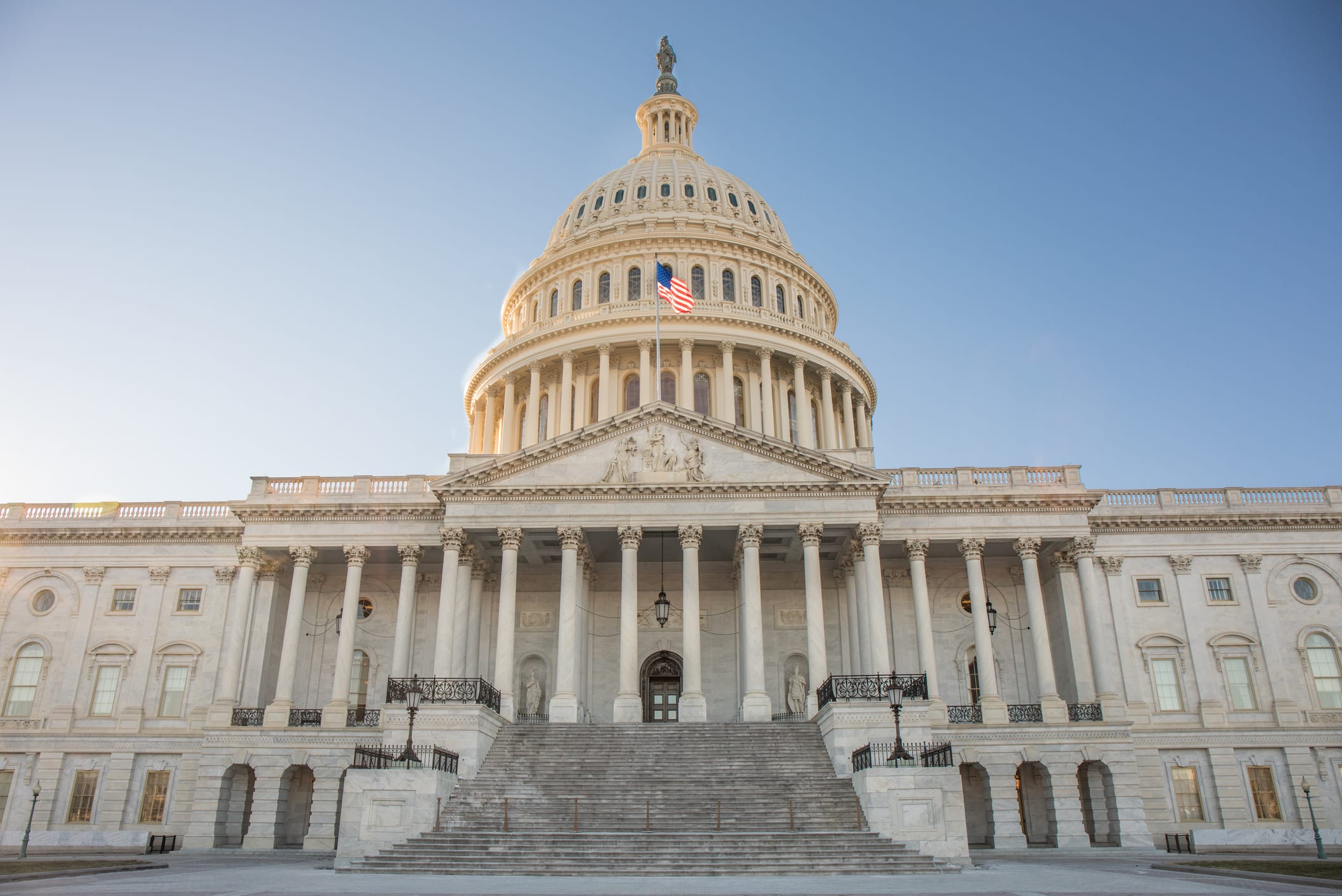The Emerson College Polling/WTNH/The Hill survey of Connecticut’s 5th Congressional District finds Republican challenger George Logan with 48% support and incumbent Democratic Representative Jahana Hayes with 47% support for re-election. Four percent are undecided. The undecided voters’ support splits evenly between the two candidates when undecided voters are asked which candidates they are leaning towards.
Spencer Kimball, Executive Director of Emerson College Polling, said: “There is a stark gender divide among 5th District voters: 55% of women plan to vote to re-elect Hayes whereas 57% of men plan to vote for Logan. In addition, Logan is winning independent votes 53% to 38%.”
A majority of voters (51%) have a favorable view of Representative Hayes, while 46% have an unfavorable view of the Congresswoman. Three percent are unsure of their opinion of Hayes. Forty-five percent have a favorable view of George Logan, while 36% have an unfavorable view of him. Twelve percent are unsure and 7% have never heard of Logan.
The economy is the most important issue for 46% of Connecticut 5th District voters, followed by abortion access (16%), and threats to democracy (14%).
Fifty-one percent of 5th District voters think the state is on the wrong track, while 49% think it is headed in the right direction.
Kimball noted, “Among those who say Connecticut is headed on the wrong track, 86% plan to support Logan for Congress, while 87% of those who say the state is headed in the right direction are voting to re-elect Hayes.”
Half of 5th District voters (50%) say the overturning of Roe v. Wade makes them more likely to vote in November, while 47% say it makes no difference on their likelihood to vote. Four percent say it makes them less likely to vote.
Methodology
The Emerson College Polling survey of Connecticut voters in the 5th Congressional District was conducted October 19-21, 2022. The sample consisted of very likely general election voters, n=500, with a margin of error (MOE) of +/- 4.3 percentage points. The data sets were weighted by gender, age, education, race, party registration, and region based on 2022 turnout modeling. It is important to remember that subsets based on demographics carry with them higher margins of error, as the sample size is reduced. Data was collected using a cellphone sample using SMS-to-web, an online panel, a voter registration list of emails, and an Interactive Voice Response (IVR) system of landlines.
###







